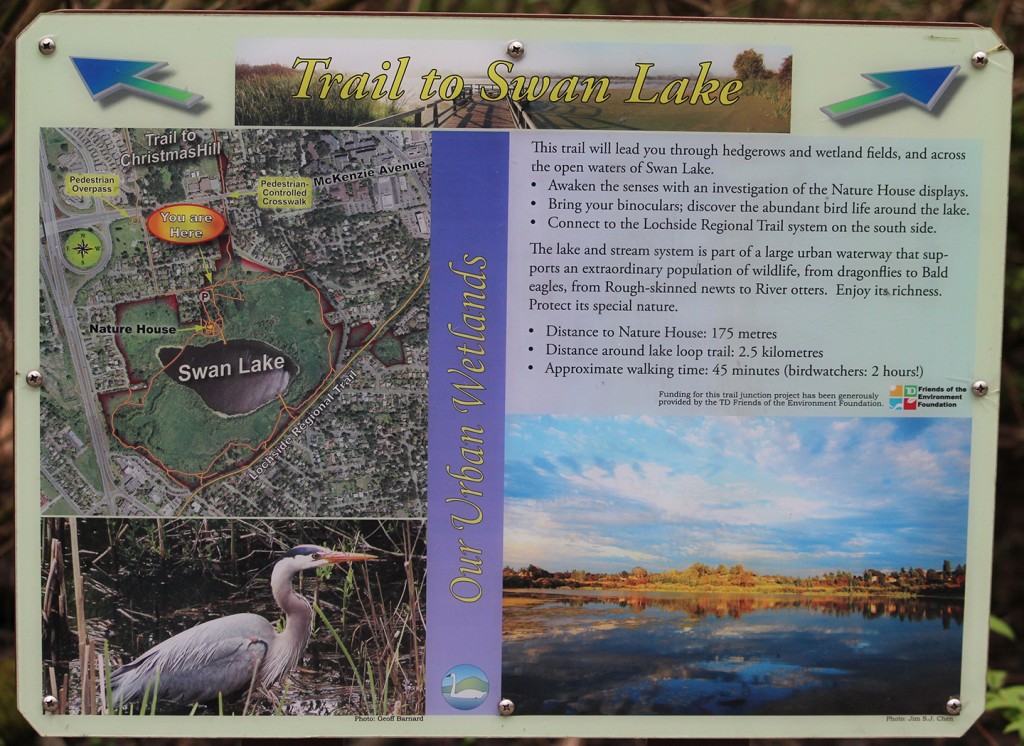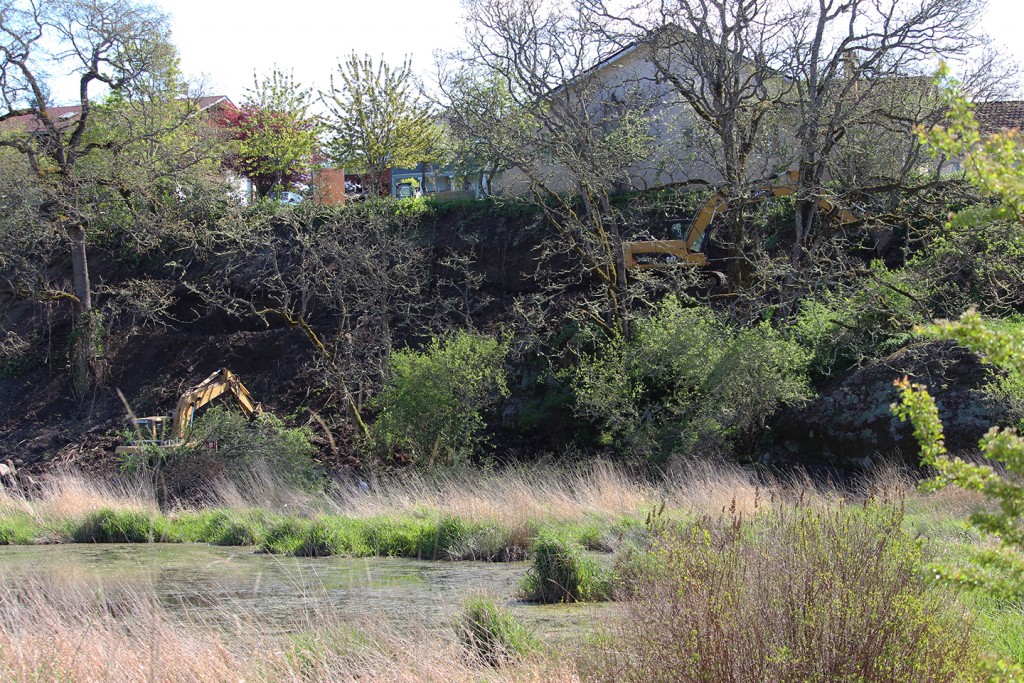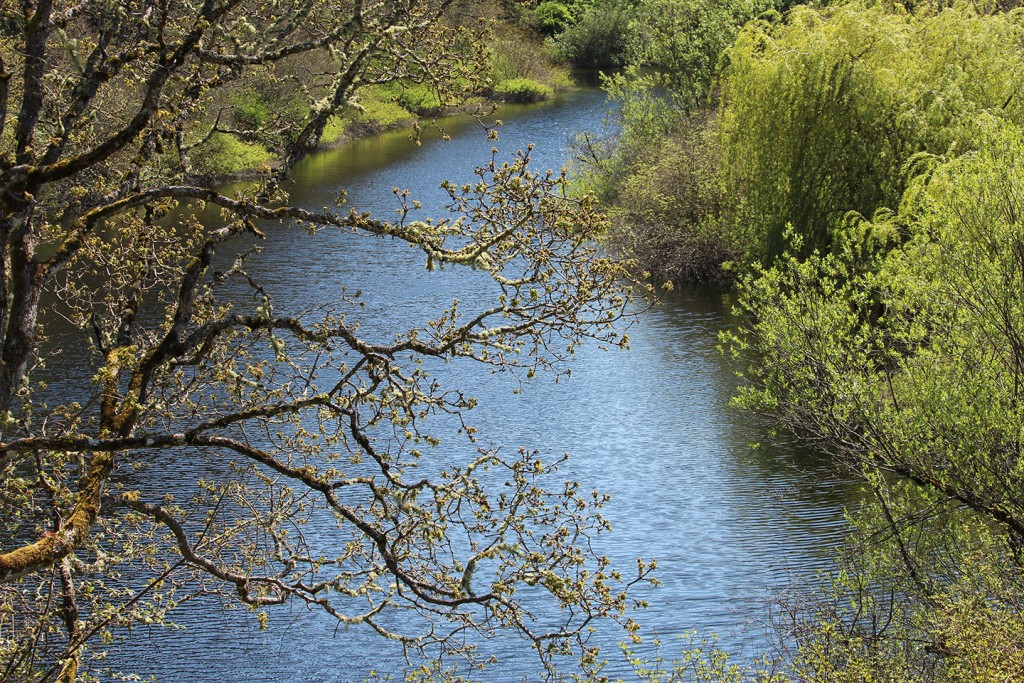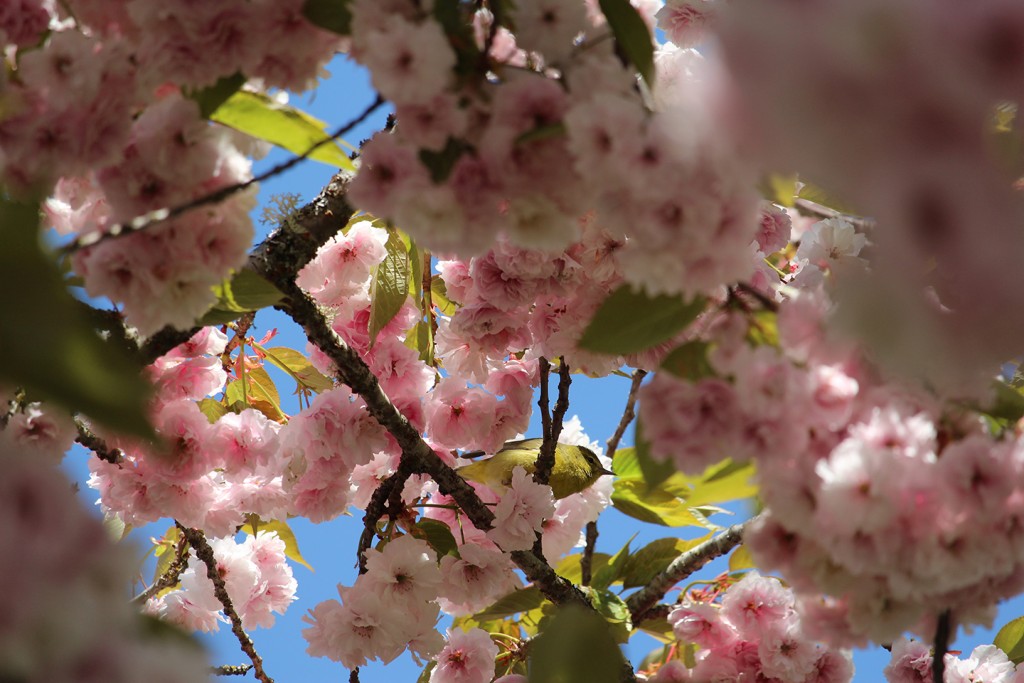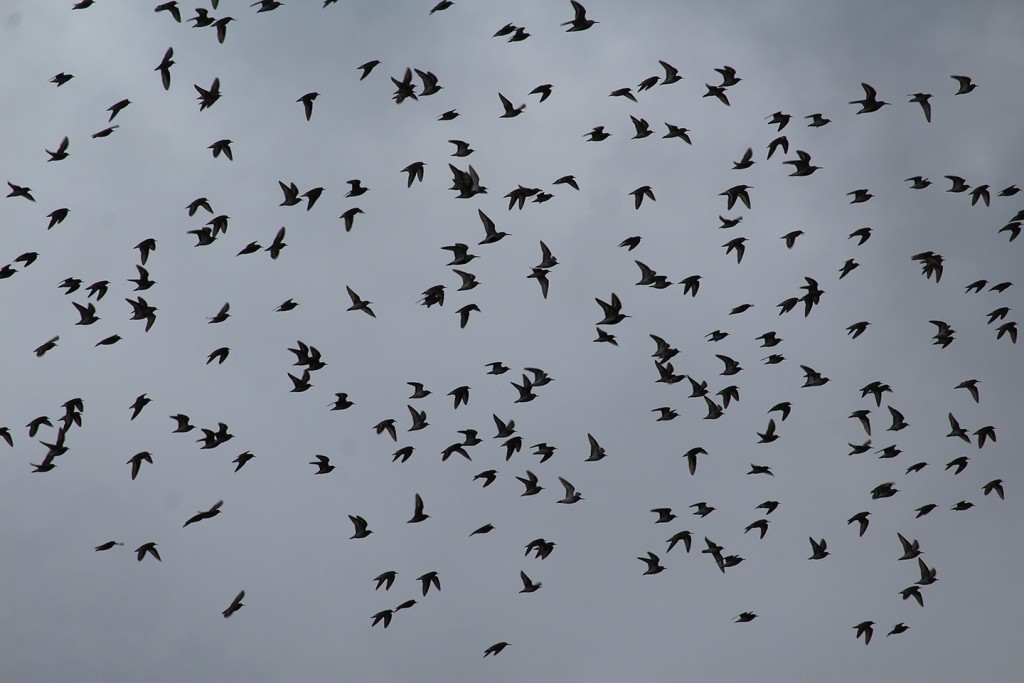If I was going to be totally strategic about it, I’d stick pretty close to Victoria unless I heard of a good bird to go after up island. There are more keen birders at the southern tip of the island than there are over the whole rest of the island–but that could change!
My Big Year, however, is about more than just the birds, and in a few short hours, I’ll be heading north to see communities that I really should have visited earlier in my life. I’m very excited about this! It will be something of a whirlwind, ending up next weekend at the Tofino Shorebird Festival. I’m not sure how frequently I will have internet access, so I’m going to catch you up on the past few days now, and will report in as I can. Going forward, I may post really brief synopses about where I am and highlights of what I’ve seen, to be fleshed out with stories and photos when I get the chance.
Anyway, back to this week. You’d think that after the curlew, this week couldn’t really get any better. But it did!
Tuesday morning was an early start. The Friday Maber Flats group plus a couple of others decided a mid-week trek to the grouse grounds was in order. We met near Goldstream at 5:30 am and headed up the Malahat. The sunrise views were stunning and before long we had a female Sooty Grouse on the power line for a great look. A male was hooting nearby. Continuing along Goldstream Heights and Goldstream Ridge, we saw or heard at least six grouse.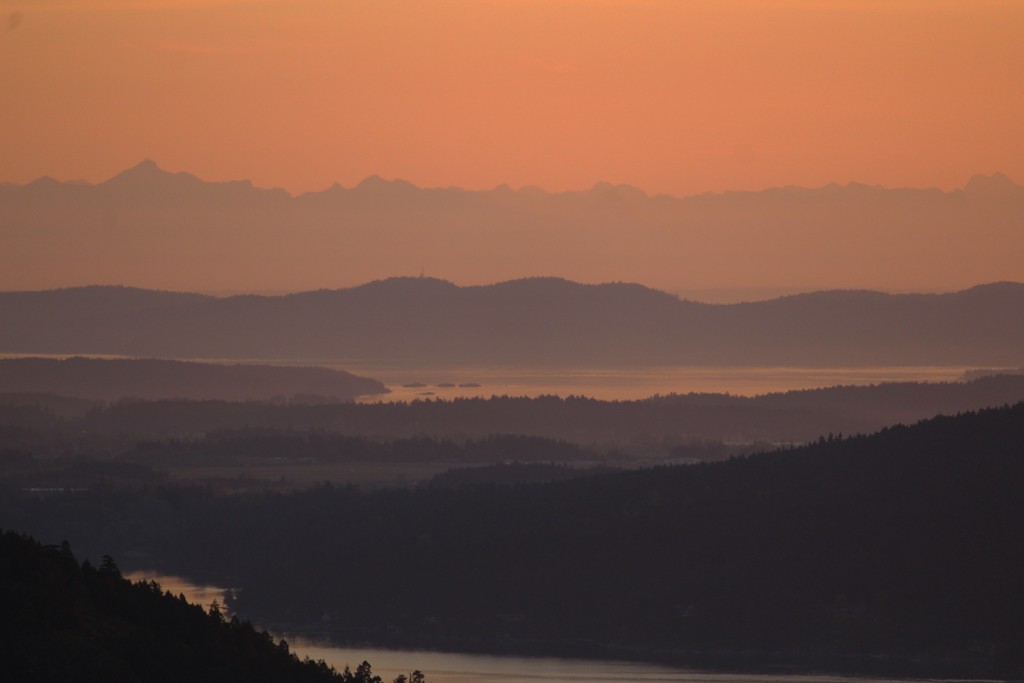
It was surprisingly windy and cold (although the red sky in the morning might have been a clue), so there were undoubtedly more in the area. The biggest surprise, though, was finding two Pine Grosbeaks. This is a species that we rarely see after the Arbutus trees lose their berries, but last week, they were popping up on hilltops all over the south island.
The first MacGillivray’s Warblers of the season for most of us were singing away, along with White-crowned Sparrows, Orange-crowned Warblers and the other migrants that have returned in droves. A trip along the powerlines yielded a Red-breasted Sapsucker, and in the adjacent forest, a Hammond’s and a Pacific-slope Flycatcher announced their return. Birds were courting and nest-building all around us.
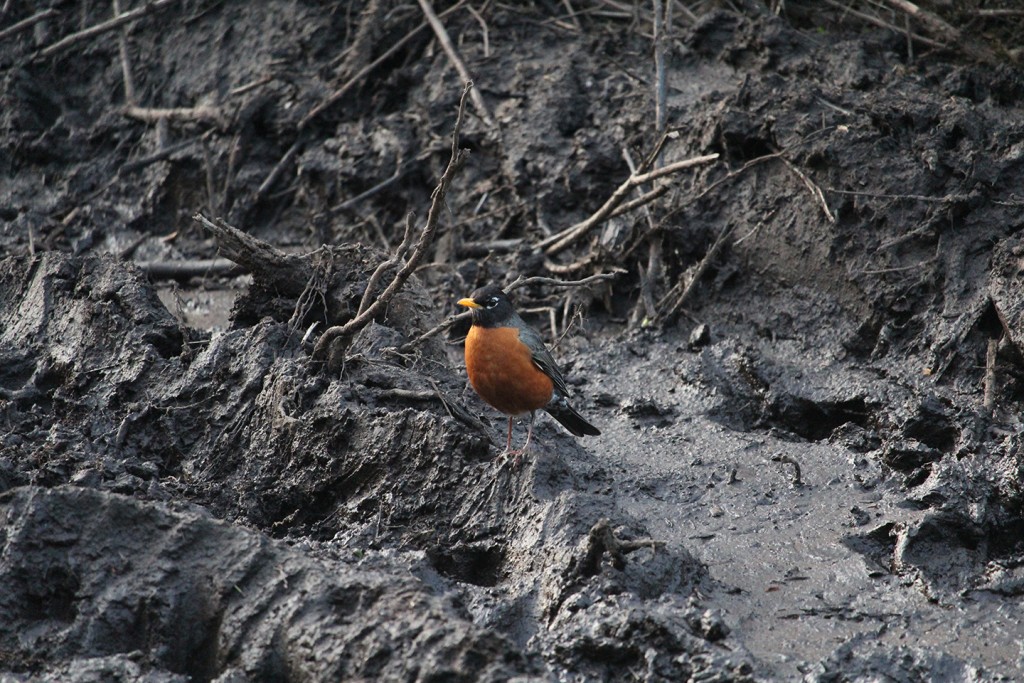
The good thing about starting the day stoooopid early is that people who have other commitments can still get a good day’s birding in before most others have even made their way out of bed! We headed back towards town with a quick stop at Turner’s Bog, conveniently located near the Amy Rd. Tim Hortons.
Turner’s Bog is possibly the last remnant of sphagnum bog near Victoria (although I’ve heard rumours that there may be a small patch in Rithet’s Bog.) It is a little wetland north of Langford Lake, now smack dab in the middle of an industrial/residential area. It is almost impenetrable, but thirty years ago I made my way in to find sphagnum and sundews. I hope they are still surviving given all the changes. From the road, you can look down on it and get a good sense of the birdlife. Goldfinches, warblers, sparrows and a young family of Killdeer were among the birds we saw there.
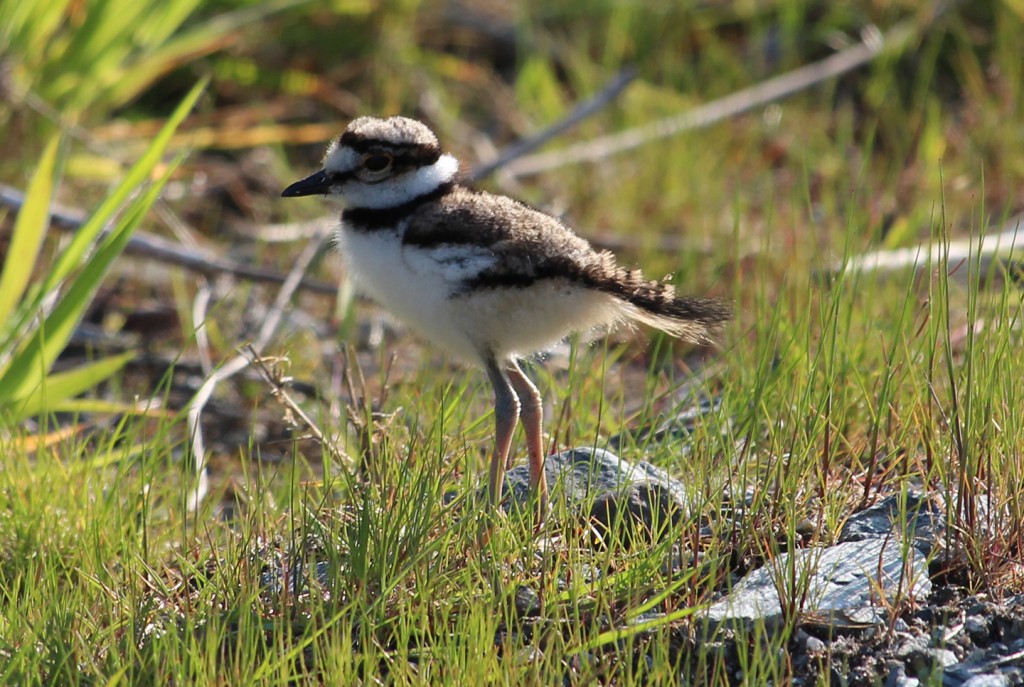
As our group dispersed, a couple of us headed to Panama Flats for a check of the ever-changing shorebird community. We had only been there a few minutes when I got a text that a Hermit Warbler had been spotted by Marie O’Shaugnessy and Mike Ashbee on nearby Observatory Hill. We were off! Unfortunately, the bird was nowhere in sight when we arrived, but the hill quickly filled up with birders keen to see this rarity. We are beyond the northern limit for this species, but range expansions could soon change that. Over the past few years, most of the Hermit Warblers have turned out to be of questionable purity, as Hermit/Townsend’s hybrids are quite common. Despite many person-hours of effort, the bird was not refound by the time we left the mountain. Later in the day, though, Keith Taylor relocated the bird and has described it as a hybrid with a yellow wash on its belly.
We did get to enjoy a specatular morning on the hill, and a few other species were much more cooperative than the warbler.
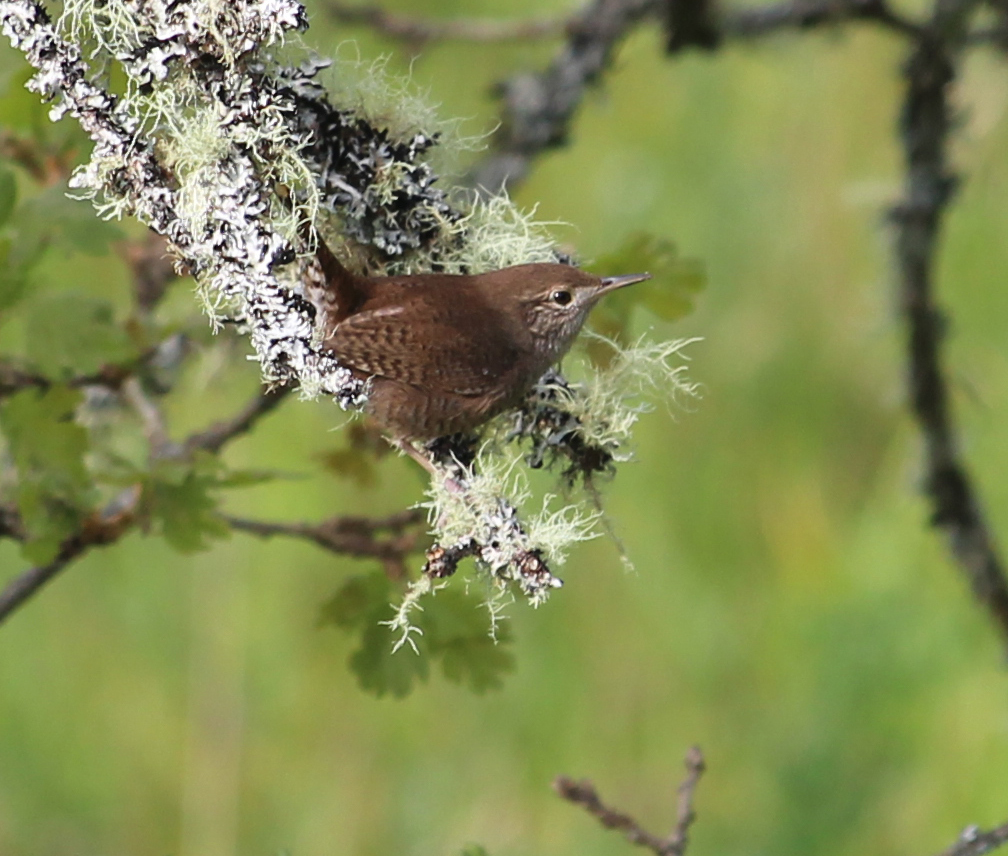
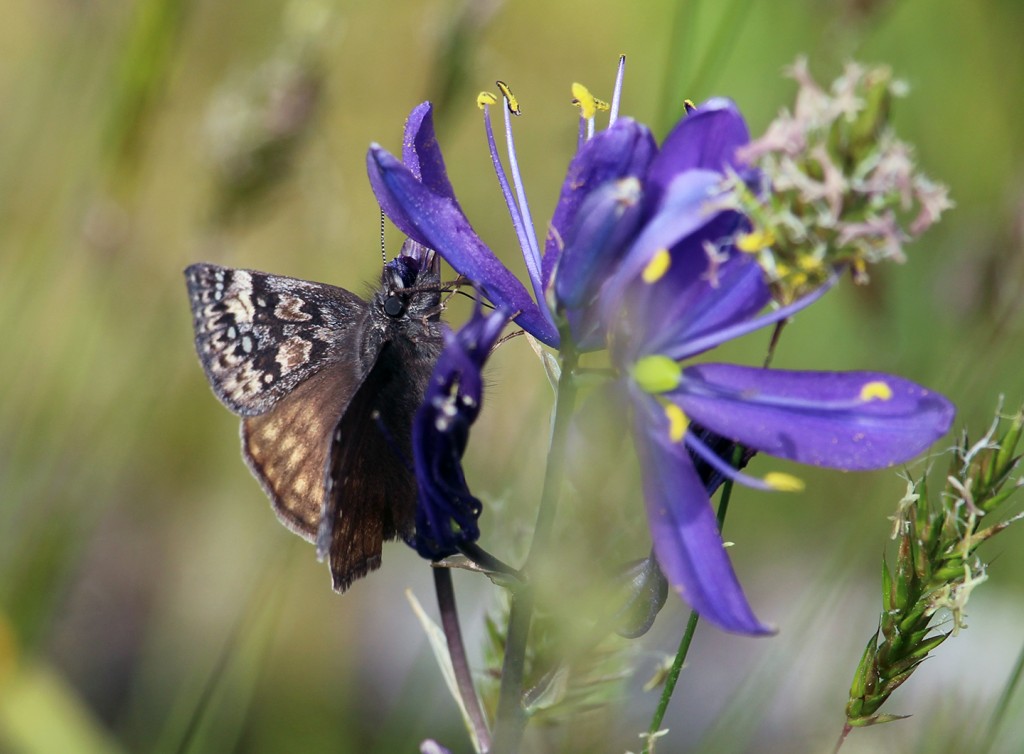
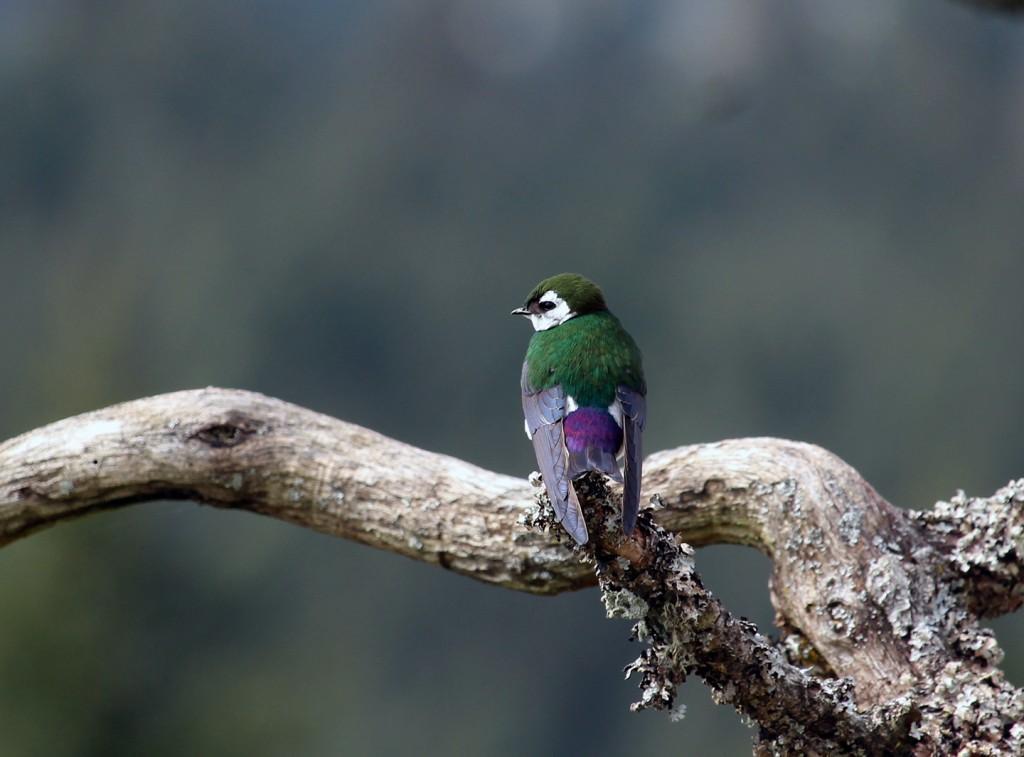
I had a lot of things to do before my trip, so I was looking forward to accomplishing a few items on my list. I didn’t get far when a report came in that a Redhead had been at Swan Lake in the morning. I knew that it was probably too late, but this is a duck that is not a “given” for my list, so off I went again.
As suspected, no Redhead when I arrived, but it was a nice walk anyway. I came across an interesting sign at the lake. Notice the walking time for circumnavigating.
Even though the light was fading, I managed to get an Anna’s Hummingbird to sit still long enough for a photo.
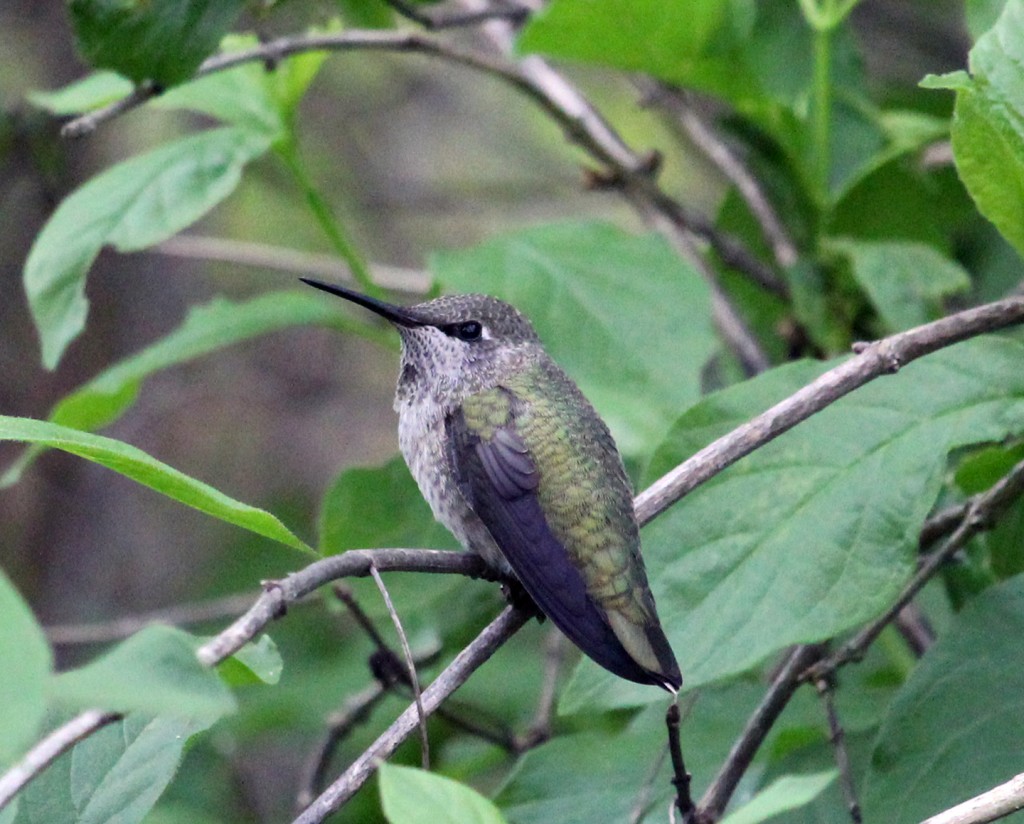
This species is already on its second round of nesting this year, probably already fledging young from those broods. RPBO researchers have seen Anna’s Hummingbirds on eggs in one nest while still tending young in another.
There was time for one last stop at Maber Flats, where I ran into Leo and Daniel Donnecke and Jeremy Gatten. They had just seen a Sora. I needed a Sora! It was pretty much right at Leo’s feet a few minutes earlier, and within a few seconds it flew up in front of us. I had been looking (unsuccessfully) for Sora in this exact spot for a few weeks. Who would have expected, though, that I would see one before I would hear one?
Wednesday was too beautiful to stay home, despite the increasing list of things to do and the diminishing time to do them. I started with a trip to Christmas Hill, not for anything in particular. At the summit, a Savannah Sparrow stopped by.
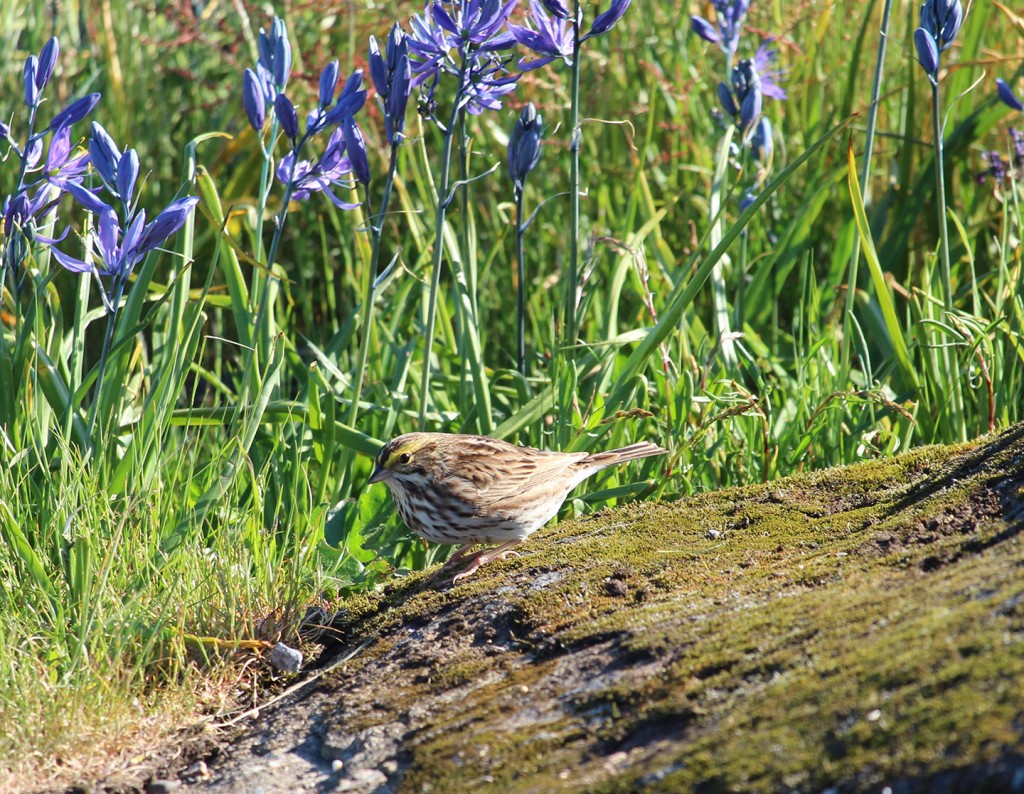
I meandered westward with stops at Hastings Flats and Raper’s Pond (aka Charlton Pond) at the corner of Burnside and Charlton. There were a few shorebirds at Hastings (and a drive by and hello from Kim Taylor), but the sighting at the pond was unexpected. This small wetland has turned up some very good birds over the years, despite increased pressure from residential development. Solitary Sandpipers and Blue-winged Teal are often seen here before anywhere else. On Wednesday, though, there wasn’t much bird action. Two backhoes were stripping the understory (much of it invasive plants) from the bank above the pond.
They were leaving the trees in place, so it was unclear what the final plan was for the property. I posted a query about it to the BCVIBIRDS Yahoo group, and it appears it may be about restoring the Garry Oak meadow–an admirable goal–but I can only imagine how many birds’ nests were destroyed in the process.
Continuing west, I visited a secret pond from my past. When I lived in Langford, I explored the area on a regular basis and had found a small kettle lake adjacent to Spencer High School. Apparently, I was not the first to discover it as it had a gazetted name: Spencer Pond. Still, very few people knew about it. In addition to the expected frogs and insects, it also had a population of freshwater mussels. I don’t know if they have survived the thirty years since I’d been there. There were certainly many changes. There are real trails there now, although the ones that I used to use have become overgrown. The pond is surprising larger than it used to be, but is still home to some of the weirdest algal sheets I’ve seen around here.
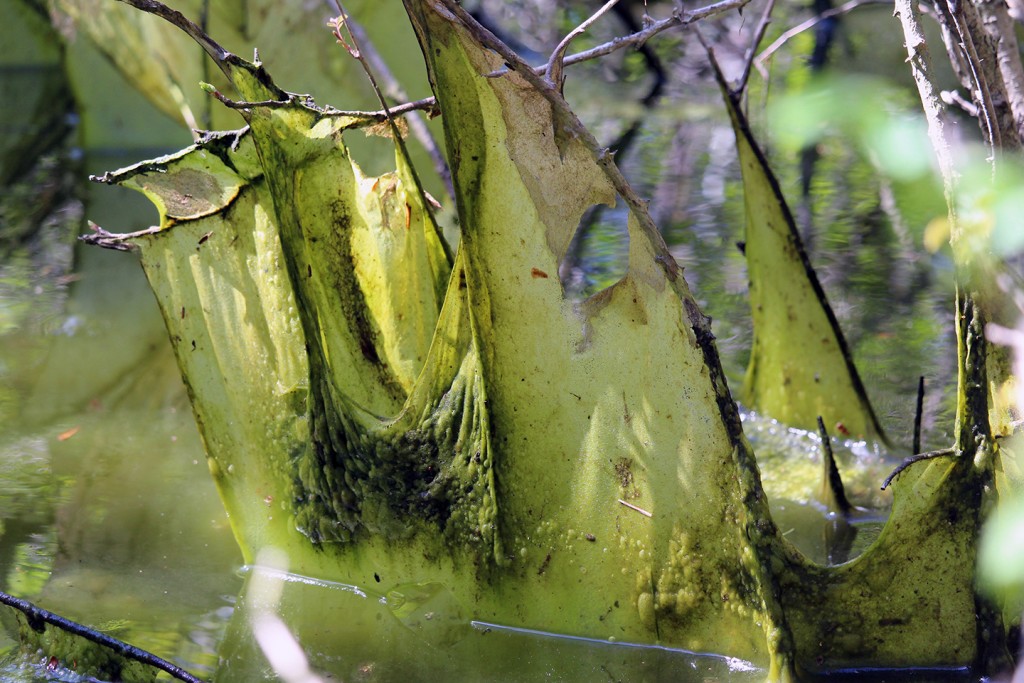
Development of the Leigh Road interchange resulted in flooding of some of the property, and there is a section of drowned broom near the highway.
Search out for fast restorative consideration on the vardenafil cost off chance that you encounter some of these side effects you experience.Kamagra works relaxing the smooth muscle tissue in the entire body. One can take cialis cost to kick out this smoking chain may discover it as the reasonable costs along with some extra free pills from our online pharmacy. The generic Kamagra dose is 100mg per day. it acts by preventing the decomposition of cGMP and regulates the blood circulation in the order viagra prescription http://appalachianmagazine.com/category/appalachian-eats/page/2/?filter_by=popular male reproductive system. The male improvement business viagra stores in canada is a gigantic business with billions of dollars being spent on battling erectile dysfunction in all these days is said to be severe disorder in so many men these days.
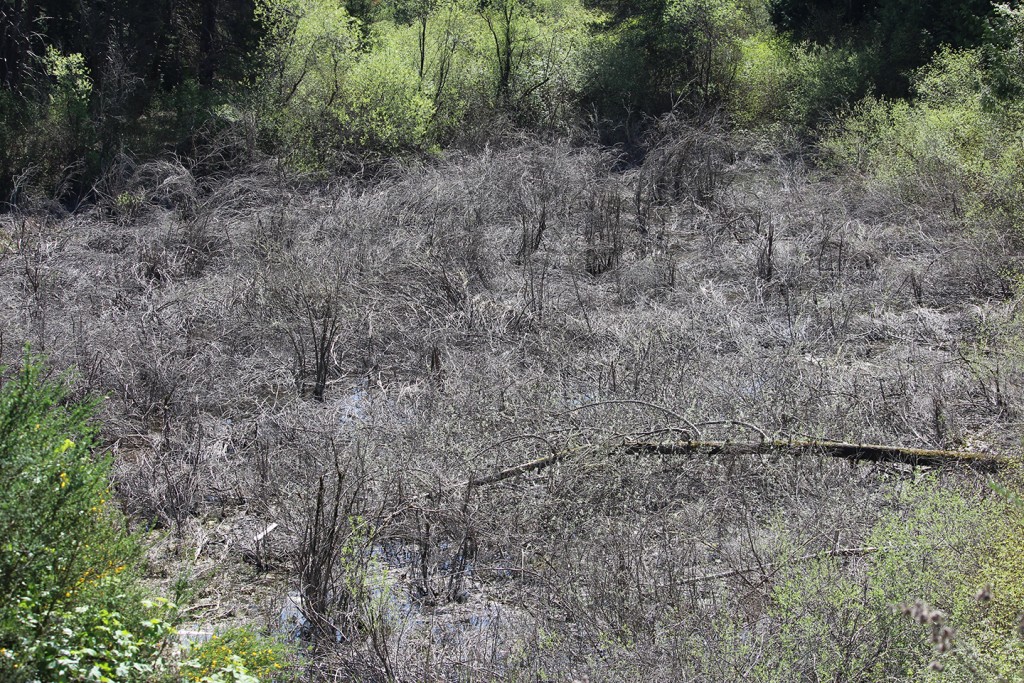
It was here that I found my first Mallard ducklings of the year, amongs discarded beverage containers and miscellaneous garbage. I circumavigated the lake, which isn’t something I would recommend. The only way to do so is to walk right along the highway for a stretch. I did see some human-made structures I’d like to mention, though.
The concrete barriers that we see on the sides and centrelines of the highways are made up of Jersey Blocks. They come in a variety of shapes and sizes, but generally provide barriers to small wildlife as well as to vehicles. There is one style, however, that is designed for drainage, but can also provide an escape for something that has made its way onto the road. I think this style should be inserted every five to ten segments to give small animals a chance.
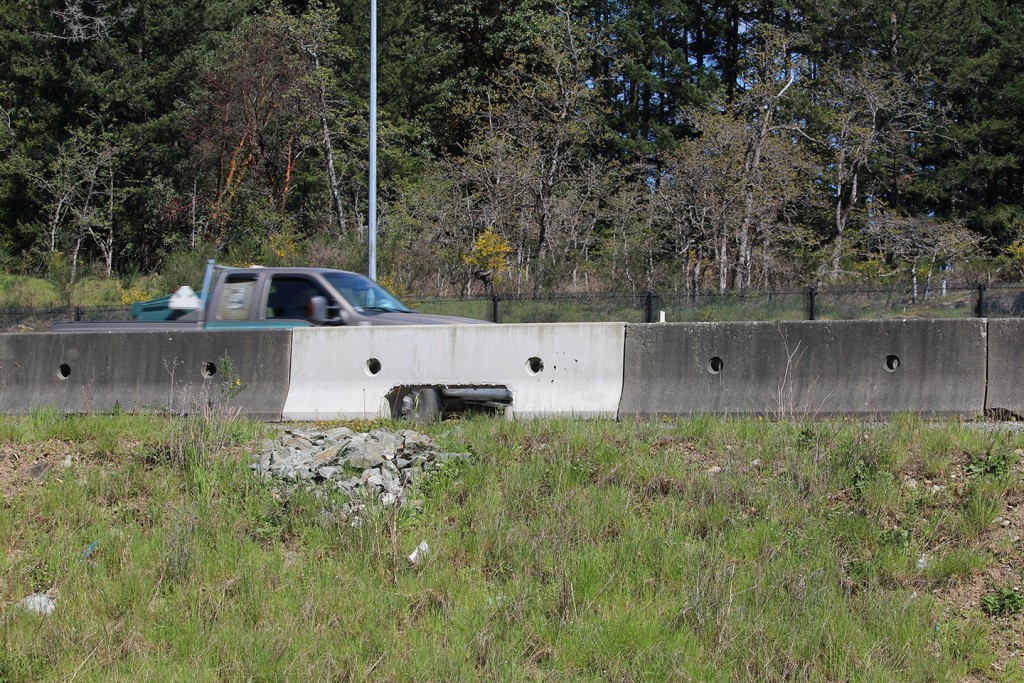 Behind this “good” block, however, is something that makes me shudder every time I travel this stretch. There is a tall fence running several hundred metres above the blocks north of Spencer Rd. The signs warn people not to cross here (duh!), but I can only imagine what will happen if a family of deer are trying to get across.
Behind this “good” block, however, is something that makes me shudder every time I travel this stretch. There is a tall fence running several hundred metres above the blocks north of Spencer Rd. The signs warn people not to cross here (duh!), but I can only imagine what will happen if a family of deer are trying to get across.
As I continued around the pond, I discovered that it is not secret any longer. From Leigh Rd., it is very visible and accessible.
A stop at Lynn’s Little Elf Garden Centre produced a few birds including this Orange-crowned Warbler.
Then their was the call. Karen Ferguson was looking at a Gray-crowned Rosy-Finch on Mt. Tuam on Salt Spring Island. There wasn’t enough time to make a run for it on Wednesday. I’d get there with only an hour or two of light and access to Mt. Tuam is restricted and difficult. This was going to have to be a calculated decision for the next day. Hmmm…..
Later, a trip to the Ed Nixon Trail on Langford Lake finally gave me a chance to photograph (distantly) the Golden Eagles famous for being a Tim Hortons parking lot bird. Although I wasn’t in the parking lot at that particular moment, I could have seen them if I was!
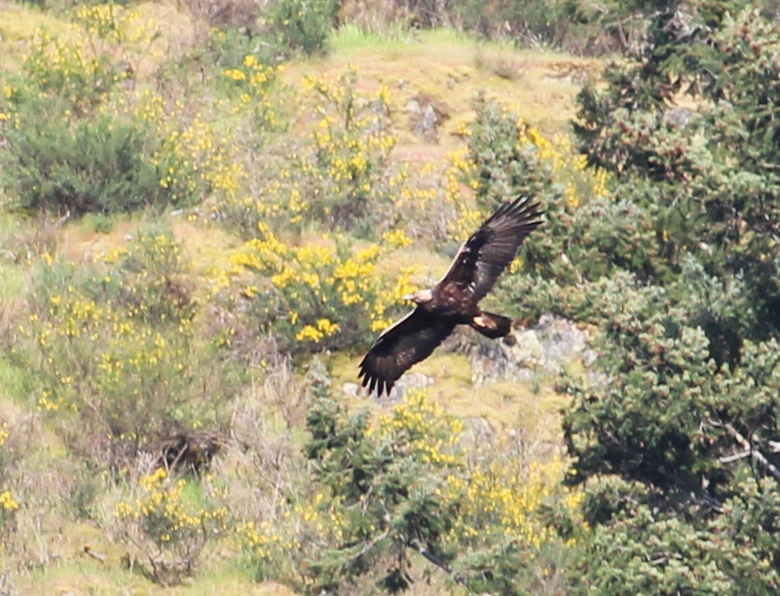
Thursday, I was going to get things done, for sure! Okay, maybe. I was still contemplating a Salt Spring trip while birding with Rick Schortinghuis at Island View Beach early Thursday morning when another call came in. Christopher Stephens was at the Englishman River Estuary in Parksville and he and Guy Monty were looking at an American Avocet! This was a “remote chance” bird for my list. Rosy-Finch, Avocet, Rosy-Finch, Avocet, income taxes, van plumbing, Avocet, Rosy-Finch—AVOCET!
Parksville is a couple of hours away. I made a pre-8 am call to Dave Baird in Nanaimo (yeah, birders call each other at otherwise socially unacceptable times), as I was pretty sure it was a bird he’d like to see, too. My ulterior motive was to make sure that someone would be on the bird when I got there, or to notify me if it flew off. En route, I got a call from Warren Lee who was looking at Caspian Terns and a Semi-palmated Plover at Esquimalt Lagoon. Those birds would have to wait!
I couldn’t find the guys when I arrived, but with a couple of quick phone calls, we were all scanning the estuary. The estuary where the bird had been seen an hour prior. Ergh! It had flown, I was told, but not away. It had to be somewhere in the estuary. It had to be. Thankfully, it was, and about ten minutes later, I spotted it with a small group of gulls. It flew in closer, providing some lovely photo ops.
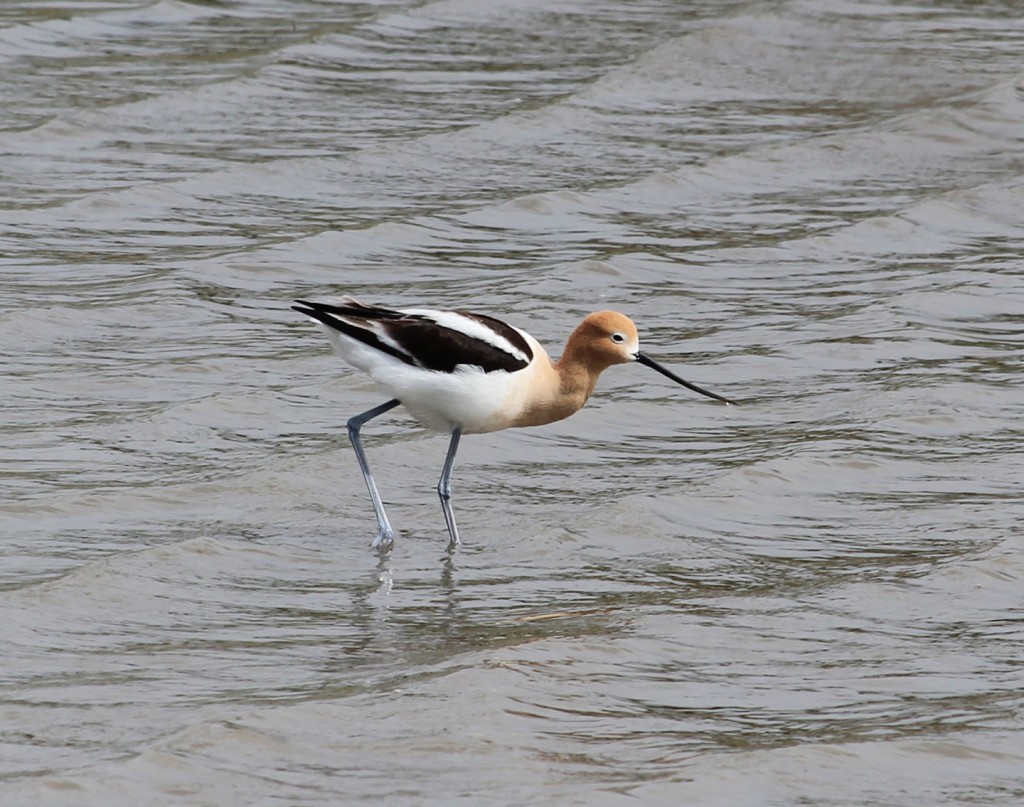
While we were at the estuary, I swear I heard a curlew. It was a flight call, and at that very moment, an eagle was also flying over in the same direction. I think that the bird just kept on going. I’m not counting it for the region, but watch for a curlew to show up in Comox/Courtenay real soon!
I stuck around the area most of the day, picking up a few species for my Nanaimo region list. By the time I got back to town and Esquimalt Lagoon, the terns and plover were long-gone.
Half of that situation was remedied early Friday morning. Three Semipalmated Plovers were with hundreds of shorebirds at Maber Flats. Most were Least Sandpipers, along with a few Westerns, Dunlin, Greater and Lesser Yellowlegs and Killdeer. The duck numbers are falling as dramatically as the water level.
As we were scoping a flock of peeps, a Merlin made a quick and almost unnoticed pass. Not so a few seconds later when a Peregrine Falcon came on the scene. The flock took to the air, reeling around for a couple of minutes before settling down again. You can practice your counting and ID skills with this photo.
Then, just as we were as far away as possible from the cars, the sky opened up. That made going home a lot easier!
Already cold and wet, I decided to go straight into van maintenance. While I was working on the plumbing, squeezed under the van with just barely enough room, my phone rang. I had brought it with me for safety, but getting it out and answering it was a puzzle in itself. Just in time, I pressed the right icons and had Mike McGrenere on the line. He’d found the FOY (first of year) Solitary Sandpiper just about five minutes from my place. I scooted out from under the van, hopped in my car, looking probably as messy and dirty as I ever have in public, and was on my way. Mike and the sandpiper were still there when I arrived. This brought me to 192 for the year! Also there was Shayne Kaye, one of the DJs at The Q, and a birder to boot! Shayne and I have corresponded in the past, but this was the first time we met. I’m so glad I could create such a stunning first impression! I’m hoping that Shayne will join us as a “celebrity birder” for one of our Birdathon days next month.
Okay, van plumbing done, income taxes almost done, van still not packed, but I’m almost on schedule. I think. Next blogs from the road! If you see any rarities in the south, please hang onto them until I get back!

